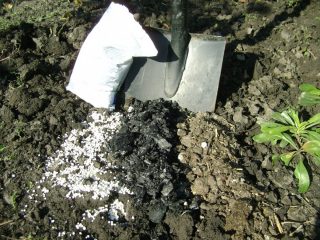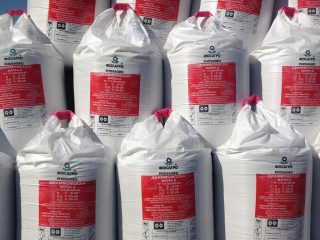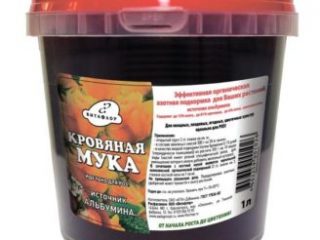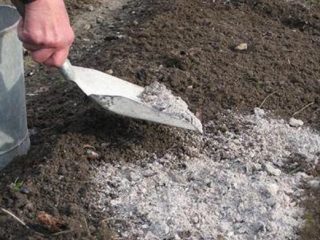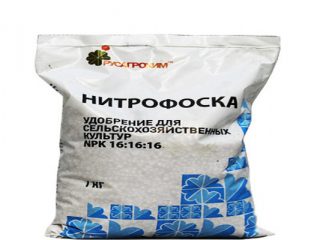Content
- 1 What are humic fertilizers
- 2 Pros and cons of humic fertilizers
- 3 Composition of humic fertilizers
- 4 Types of humic fertilizers
- 5 Instructions for using fertilizers with humic acid
- 6 Names of humic fertilizers
- 7 Precautions when working with humic fertilizers
- 8 Terms and conditions of storage of fertilizers based on humic acids
- 9 Conclusion
- 10 Reviews of humic fertilizers
Natural humic fertilizers are highly effective and have almost no disadvantages. Organic preparations increase the stress resistance of plants, the taste of vegetable, fruit and cereal crops, strengthen the root system and improve the soil structure.
What are humic fertilizers
Such fertilizers are made from humus, a waste product of fauna and soil microflora. Humus content directly affects the structure and fertility of the soil. Only chernozem can boast a high percentage of humus (up to 13%), in the regions of the central zone of the Russian Federation, soils contain no more than 3-4% humus. Humates (or humic acids) are organic growth stimulants obtained from peat, wood, coal and silt deposits.
Fertilizers based on humins improve the mechanical properties of the soil, saturate it with oxygen and prevent oxidation.
Such fertilizers are used in the preparation of seedlings, ornamental and horticultural crops, when soaking seeds and for feeding seedlings both in open ground and in greenhouses.
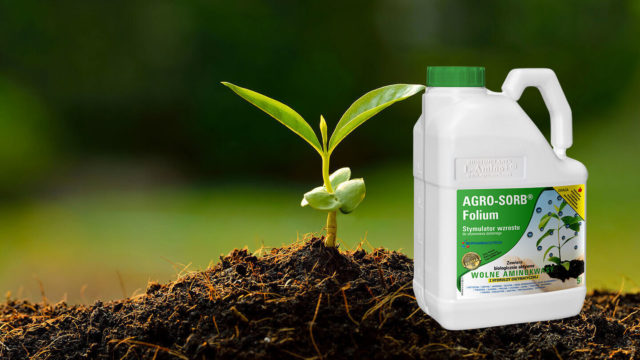
Complexes based on humates are used for foliar and root feeding, as well as for soil treatment and relieving plants from stress.
Concentrated mixtures are obtained through homogenization followed by purification with cavitation homogenizers.
Pros and cons of humic fertilizers
Humic fertilizers have a wide range of uses and high efficiency. Most large agricultural enterprises use humates to grow fruit and vegetable crops. They have both positive and negative qualities.
Pros:
- stimulation of growth, improvement of soil composition and structure;
- saturation of the soil with micro- and macroelements, vitamins and amino acids;
- increasing the breathability of the soil, facilitating the respiration of plant cells;
- accelerating the ripening of fruit crops and photosynthesis processes;
- increasing resistance to diseases and pests;
- positive effect on seedlings under unfavorable conditions.
Minuses:
- such preparations have low effectiveness when used on fertile chernozems;
- Humates have a weak effect on flax, rapeseed, legumes and sunflower.
If we consider the benefits and harms of humic fertilizers using strawberries as an example, we can note that the rate of growth of vegetative mass increases and productivity increases significantly, and the disadvantages of such preparations are observed very rarely: in the case of a severe overdose.
Composition of humic fertilizers
Humic concentrates are produced in the form of a dark brown liquid with low viscosity and a specific odor. The preparations include substances of organic origin. To isolate humic acid from products of animal or plant origin, alkaline solutions are used.
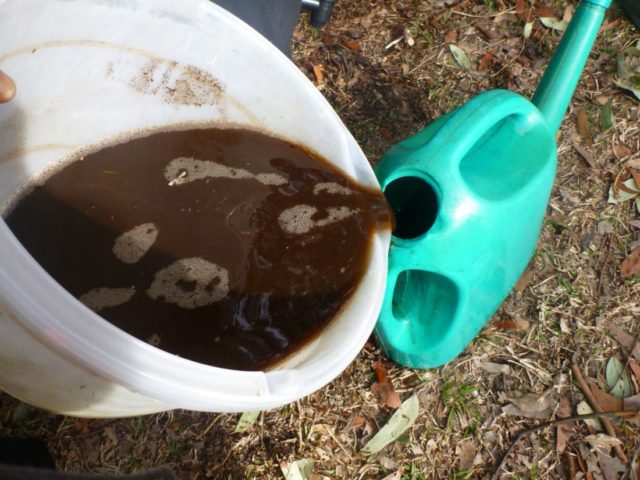
Humates are produced from plant or manure compost, sludge, brown coal and sapropel
Fertilizers include:
- fulvic acid;
- humic acid;
- proline, B-phenylalanine, arginine and other amino acids.
The preparations are also enriched with zinc, phosphorus, nitrogen, iron, sodium, calcium, potassium, magnesium and other trace elements. Their composition can be supplemented with amonificators (beneficial microorganisms) and fungi.
Types of humic fertilizers
There is a wide range of humic fertilizers: growth stimulants, complexes for enriching soil and accelerating compost maturation. Liquid fertilizers are considered the most in demand and popular, since it is convenient to add nutrients to them, and the risk of burning the root system is reduced to a minimum.
Peat-humic fertilizers
Peat raw materials are used to produce these fertilizers. Peat-humic compositions are used to treat the root system, root crops, bulbs, and seeds. Ideal for decorative and indoor crops. Promote rejuvenation of old plants and long-lasting lush flowering.Dry peat-humic complexes effectively resist pathogenic microflora, which is why they are often used to treat harvested cereals, vegetables and granaries.
Liquid humic fertilizers
Liquid fertilizers are natural immunomodulators that stimulate the growth and development of plants, protect them from stress and provide comprehensive nutrition. They are used at all stages, from pre-sowing seed preparation to soil treatment after the crop has been harvested. Actively used in organic farming.
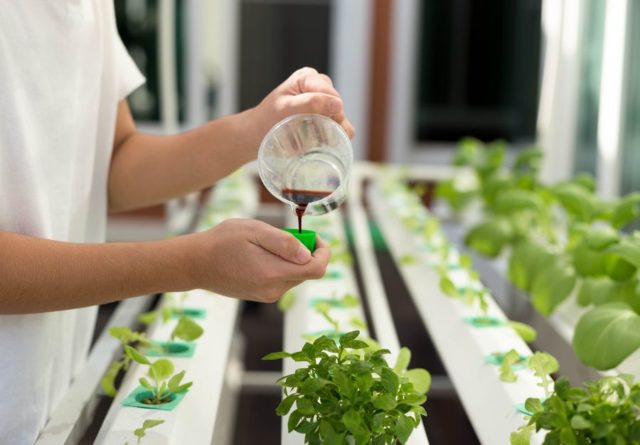
Humic fertilizers in liquid form are effective on all types of soils
Instructions for using fertilizers with humic acid
The concentrate must be diluted in strict compliance with the proportions recommended by the manufacturer. If the permissible norm is exceeded, the development of the plant may be disrupted. Such fertilizers cannot be used together with calcium nitrate and phosphorus fertilizers. Their simultaneous use leads to the formation of poorly soluble compounds that can seriously harm plants. It is allowed to use humates with potassium, nitrogen and other organic complexes.
Annual plants need to be fed with humates at seedling age and during the fruiting period, and shrubs and trees - during transplantation, when there is a high probability of injuring the root system. Humic mineral complexes are usually applied three times during the season by alternating root feeding and spraying. Humates are best suited for podzolic and turf soils. The maximum effect is observed on soils with low fertility and poor chemical composition.
Names of humic fertilizers
When choosing a drug, you need to decide on the task it will perform. There are special complexes for soaking seeds, rooting cuttings and feeding adult plants. The range of fertilizers based on humates is very wide; they are produced by many Russian and European manufacturers from various raw materials. On the shelves of garden stores you can find preparations in liquid, solid and paste form.
Ecogrowth
Used to increase the yield and quality of grains. It is characterized by a high content of sodium and potassium salts.
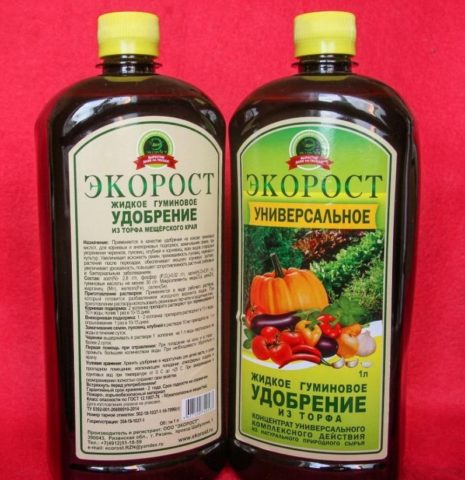
Thanks to Ecorost, you can significantly reduce the consumption of mineral fertilizers, herbicides and pesticides
The drug helps reduce acidity and improve soil structure.
Garden of Wonders
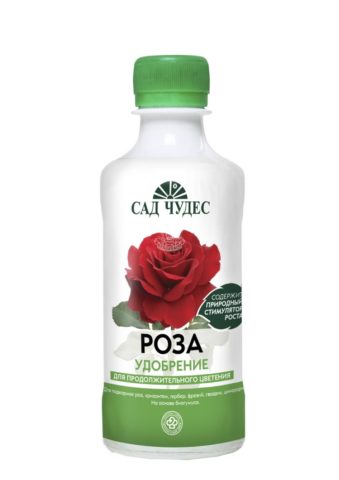
The manufacturer's line of Garden of Miracles contains liquid humic fertilizers for roses, orchids, palm trees and cacti
They are used to increase the percentage of seed germination, develop a strong root system and improve decorative qualities. They increase resistance to fungal and bacterial diseases, powdery mildew and late blight.
Living force
Organic complex for flower, coniferous, berry and fruit crops, enriched with nitrogen, potassium, phosphorus and other microelements.
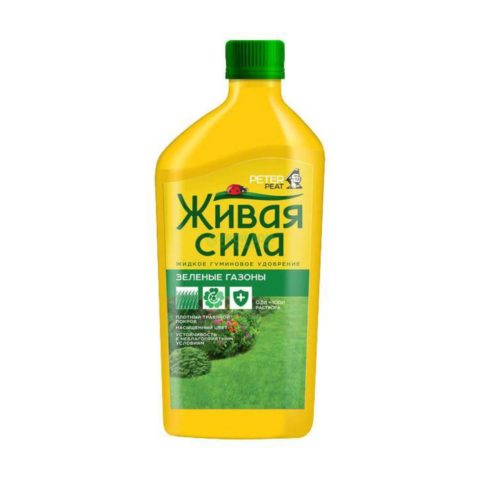
Living power is used as an immunomodulator and biostimulant
The product increases resistance to stress and drought.
Edagum SM
Liquid humic fertilizer based on peat, enriched with organic acids (malic, oxalic and succinic), as well as amino acids, vitamins, macro and microelements. Used to increase productivity, stimulate growth, enhance the development of the root system and improve the survival rate of seedlings.
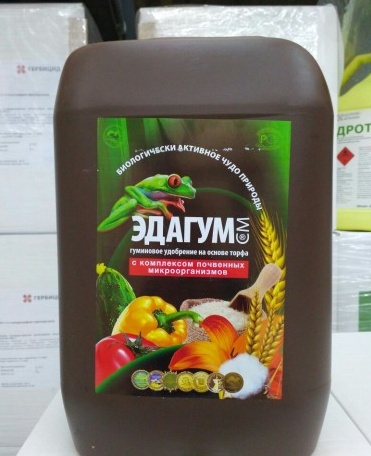
Edagum SM helps cleanse the soil of radionuclides, oil products and other contaminants
Precautions when working with humic fertilizers
Humates belong to the category of organic drugs, so their use is considered safe for humans. Humic fertilizers are low-hazard products (hazard class – 4). However, when working with humates, it is recommended to use gloves, and in case of contact with the skin or eyes, rinse with plenty of water.

If you accidentally swallow humic fertilizer, you should induce vomiting by drinking 200-400 ml of clean water.
Terms and conditions of storage of fertilizers based on humic acids
The prepared humic acid solution can be stored for no more than seven days from the date of preparation. Complexes that are sold in garden stores can last in a closed container for 2 to 3 years (depending on the chemical composition and packaging). Dry indoor areas are best suited for storing humic fertilizers.
Conclusion
Humic fertilizers are indispensable when growing fruits and berries and ornamental crops. They are used both for seed germination and at all stages of vegetative development of plants, as well as for root feeding. These products are most effective when growing tomatoes, cabbage, potatoes, eggplants and various shrubs.
